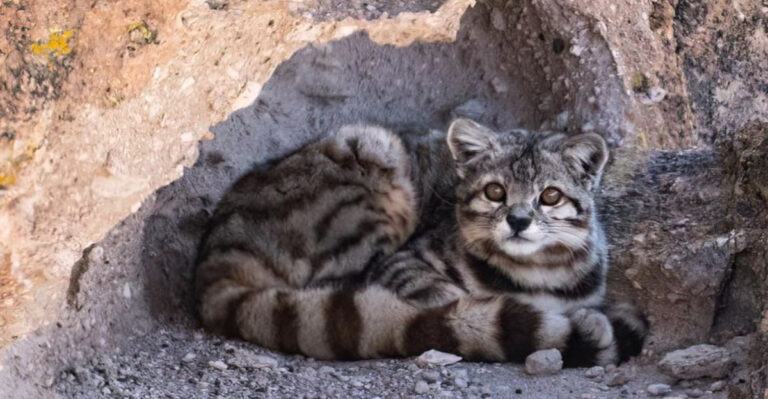First-Ever Footage Captures Deep-Sea Squid Alive
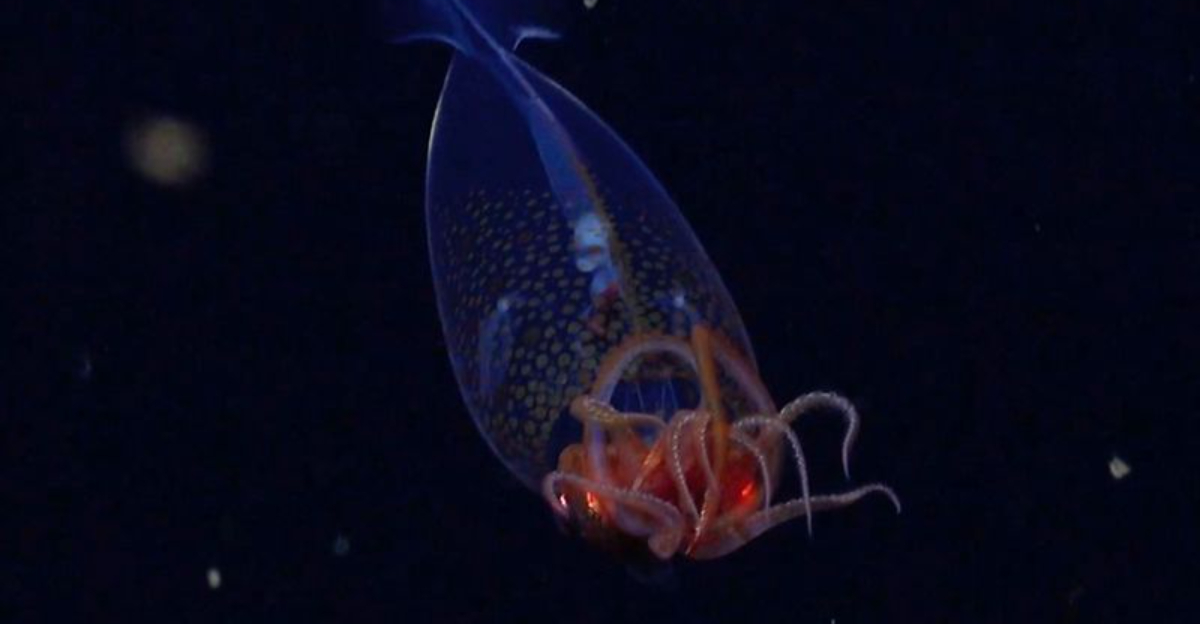
Scientists have made an incredible breakthrough by capturing the first-ever footage of the elusive Gonatus antarcticus squid alive in its natural deep-sea habitat.
This rare glimpse into the mysterious world of deep-ocean creatures helps unlock secrets about how these animals live and behave.
The footage marks a turning point in marine biology, offering unprecedented insights into a creature that has remained largely unknown until now.
1. First-Ever Live Footage Of The Gonatus Antarcticus Squid

After decades of only studying dead specimens, marine biologists finally observed a living Gonatus antarcticus in action. The footage reveals natural behaviors never before witnessed by humans.
Captured at depths exceeding 1,000 meters, this breakthrough changes our understanding of how these creatures move and interact with their environment.
2. Its Natural Habitat

Gonatus antarcticus thrives in extreme cold and crushing pressure that would kill most creatures. Their bodies contain special proteins that prevent freezing and maintain cell function in these harsh conditions.
The squid’s remarkable adaptation to complete darkness includes specialized light-producing organs that help with communication and hunting.
3. A Deep-Sea Mystery Unraveled
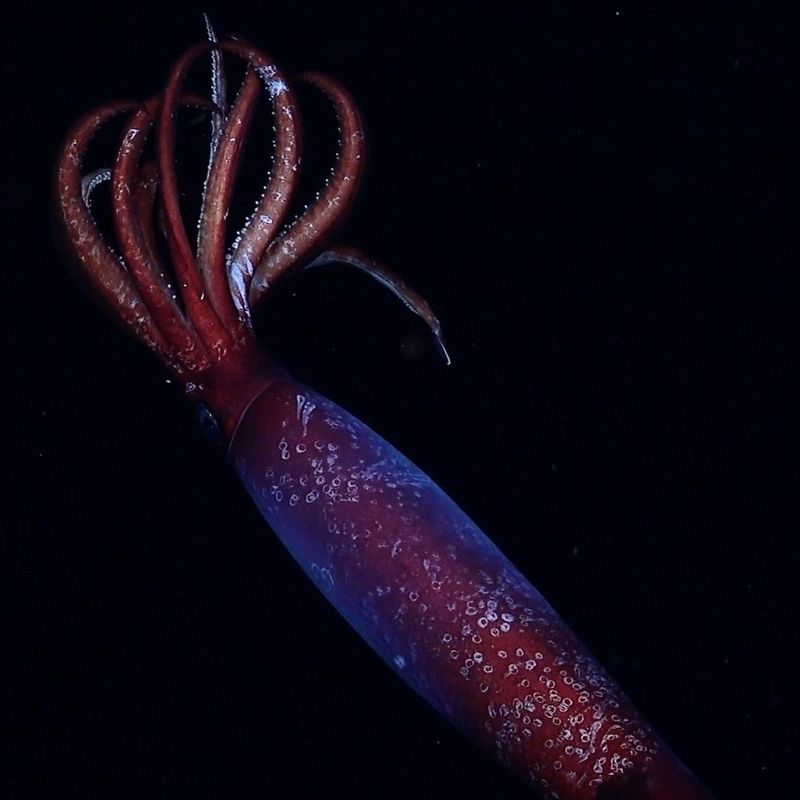
Previously known only from stomach contents of predators or damaged specimens in nets, this squid has remained one of oceanography’s greatest enigmas. Scientists estimate these creatures can grow up to 2.5 meters long including tentacles.
The new footage finally confirms theories about their hunting techniques and body posture while swimming.
4. Why This First Live Footage Is A Game-Changer
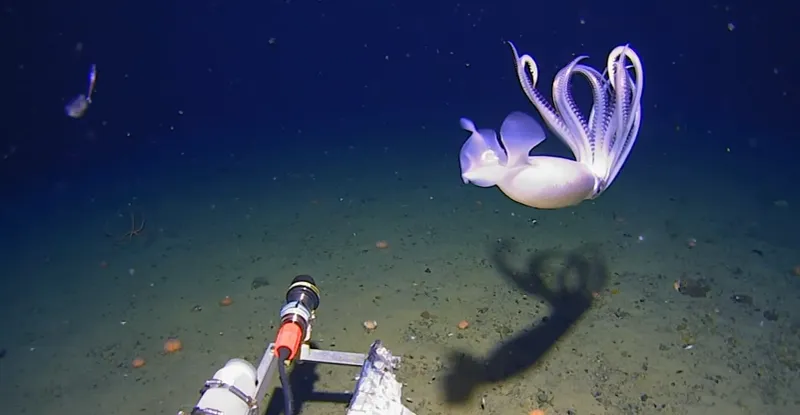
Until now, scientists could only guess how these creatures behaved based on anatomy and dead specimens. The footage reveals surprising agility and complex hunting behaviors never before documented.
Researchers can now accurately model the squid’s ecological role and better understand deep-sea food webs and energy transfer between ocean layers.
5. What We Learned From It
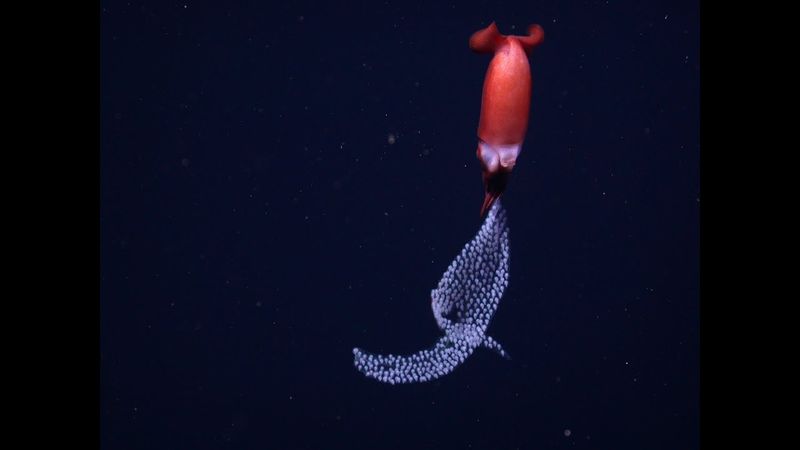
The footage captured surprising parental behaviors never before seen in deep-sea squid species. Female Gonatus antarcticus appear to protect their egg masses, contradicting previous assumptions about reproduction strategies in deep-water cephalopods.
Scientists also observed unique hunting techniques using specialized hook-lined tentacles to snare prey.
6. The Challenges Of Filming A Deep-Sea Creature

Capturing this footage required specialized equipment that could withstand extreme pressure at depths below 1,000 meters. Researchers used silent, red-light cameras that wouldn’t disturb the squid’s natural behavior.
The expedition faced technical failures, equipment losses, and waited through days of empty footage before the historic encounter.
7. How It Helps Us Understand Deep-Sea Ecology
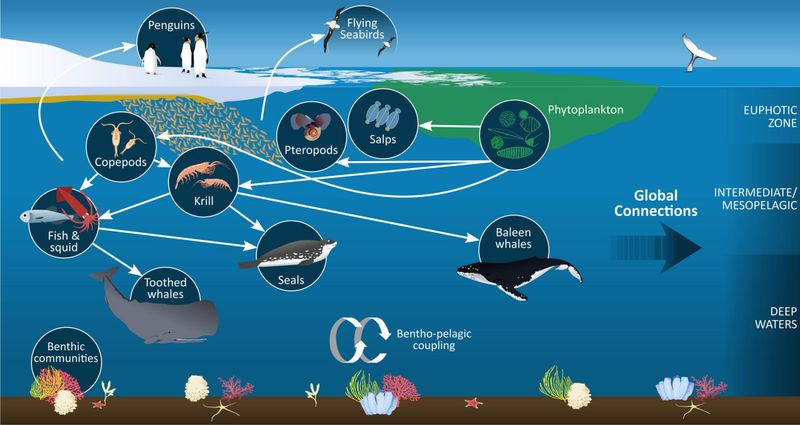
As midwater predators, these squid connect surface ecosystems with the deep ocean floor. The footage shows them consuming small fish and crustaceans, confirming their role as key players in carbon transport to deeper waters.
Their abundance suggests they may be more important to ocean food webs than previously recognized.
8. The Story Of Capturing The Gonatus Antarcticus Squid In Action

The breakthrough came after three failed expeditions spanning five years. A team of determined researchers refused to give up despite funding challenges and skepticism from colleagues.
The actual filming occurred during an unplanned dive when equipment was being tested, proving sometimes scientific discoveries happen when least expected.
9. Deep-Sea Wonders

The footage reveals a graceful hunter with remarkable control over its body movements. Unlike shallow-water relatives, this squid maintains a horizontal posture while swimming, maximizing energy efficiency in its low-food environment.
Its eyes—proportionally enormous compared to its body—constantly scan for both predators and prey.
10. A Glimpse Into The Unknown
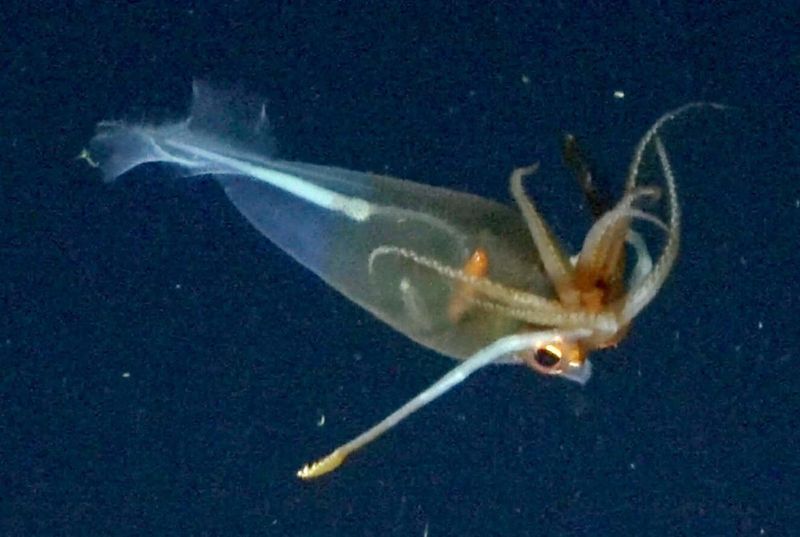
The squid’s skin displayed unexpected color-changing abilities despite living where no light penetrates. This suggests communication methods between individuals that scientists hadn’t anticipated.
Researchers also observed coordinated movements between tentacles that indicate higher neural complexity than previously thought possible in these creatures.
11. Why It Was So Hard To Film
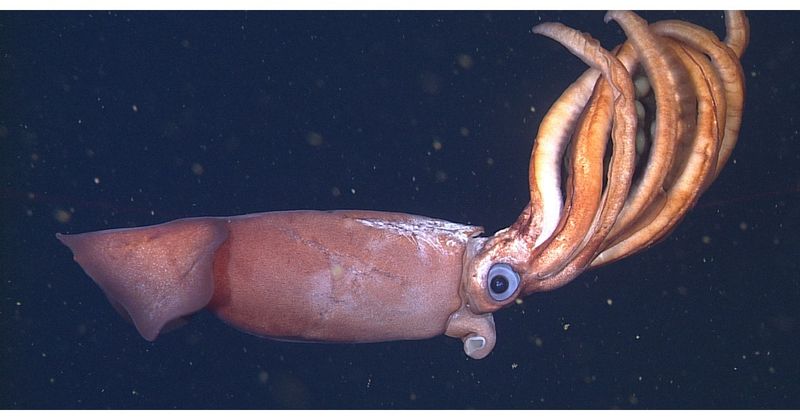
These squid can detect vibrations from research vessels hundreds of meters away. Their extraordinary sensitivity helps them avoid predators but makes them nearly impossible to approach with conventional equipment.
Additionally, they inhabit a narrow depth range that shifts with ocean conditions, making targeted searches extremely difficult.
12. What This Footage Means For Marine Science
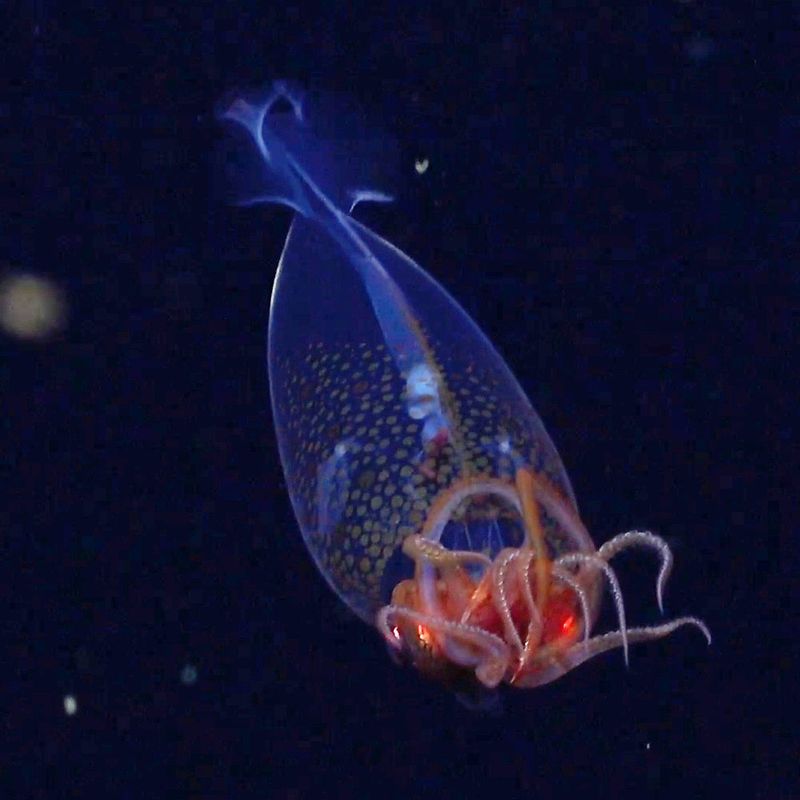
The successful filming of Gonatus antarcticus opens doors for studying other elusive deep-sea creatures. Technologies developed for this project are already being adapted for observing giant squid and other mysterious ocean dwellers.
Scientists predict a new era of deep-sea biology where behavior, not just anatomy, can finally be studied.



